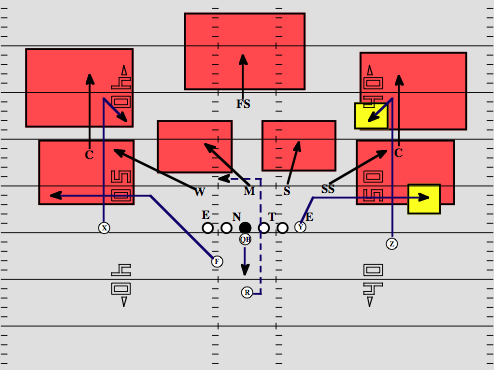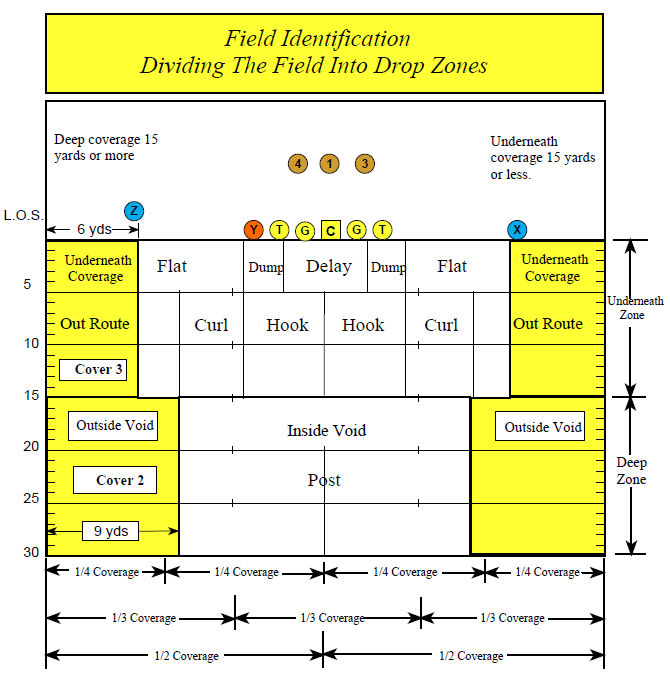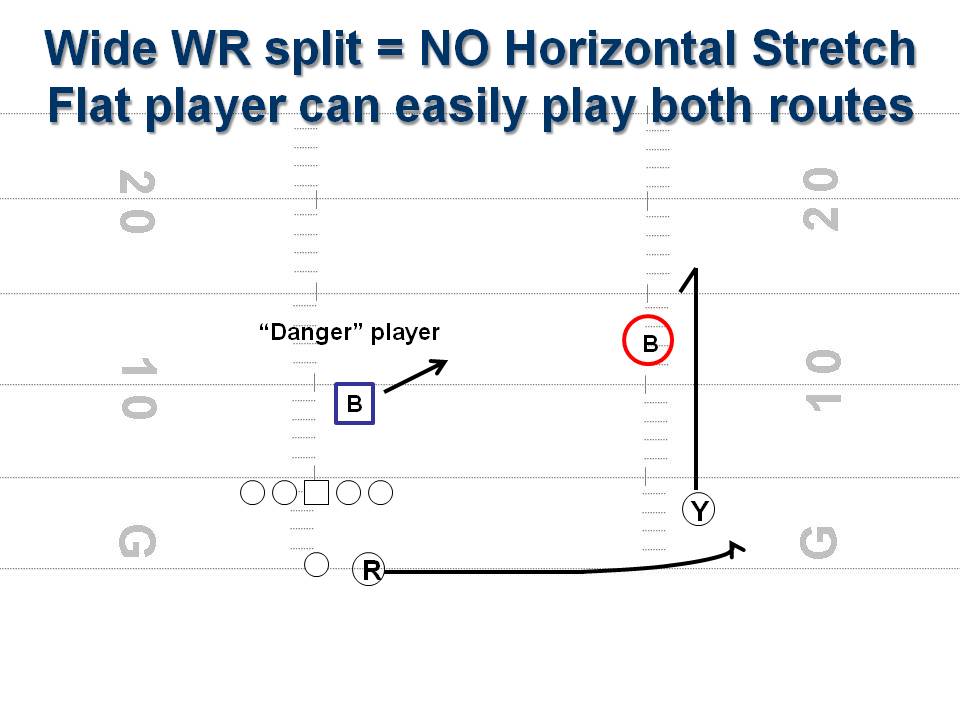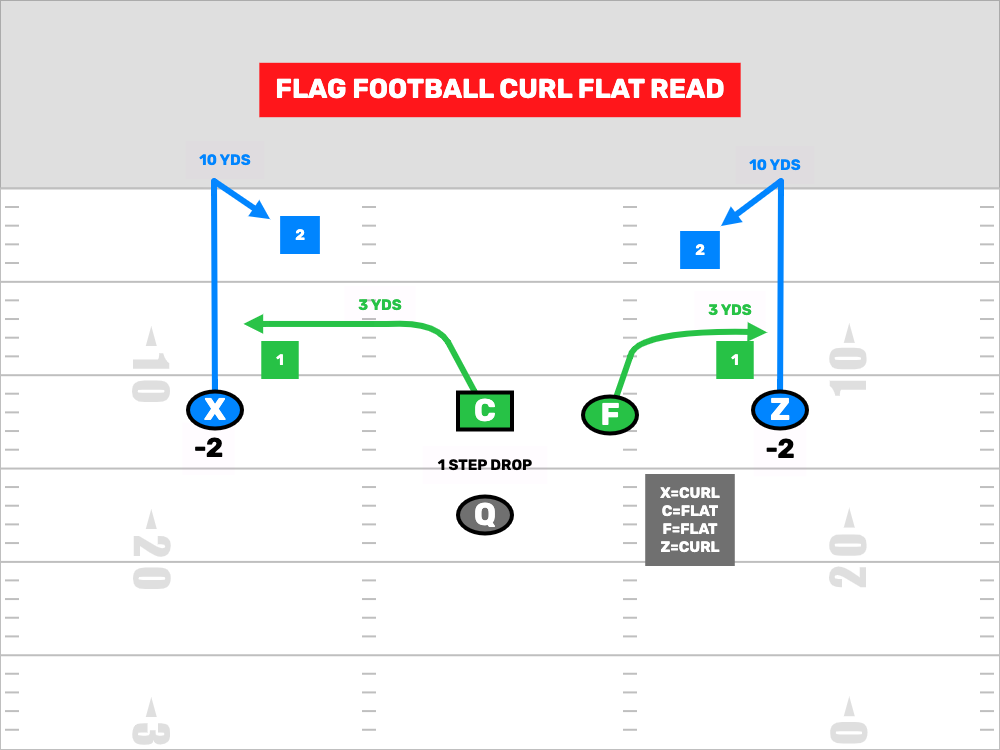Okay, so today I’m gonna walk you through my little adventure with curl and flat zones. It was a bit of a head-scratcher at first, but I finally got it working, and I thought I’d share the process.

The Problem:
Basically, I needed to use curl to interact with an API that was configured to use a “flat zone.” Now, what’s a flat zone? Well, think of it as a simplified DNS setup. Instead of having a full-blown hierarchical DNS structure, everything’s just… flat. All the records are right there, no delegation, no fancy stuff. It’s like living in Kansas, everything looks the same.
The catch? curl, by default, expects a “normal” DNS setup. So, when I tried to hit the API endpoint, curl just couldn’t resolve the hostname. Error messages galore! It was super annoying.
The Initial Head-Scratching:
My first instinct was to mess around with /etc/hosts. You know, the old-school way of mapping hostnames to IP addresses. I added an entry for the API endpoint, pointing it to the correct IP. Tried curl again… nope! Still didn’t work. I was starting to sweat a little bit.

The “Aha!” Moment (and the Solution):
After some serious Googling and digging through curl documentation (which, let’s be honest, can be a bit dense), I stumbled upon the --resolve option. This thing is a lifesaver!
Here’s the magic command I ended up using:
curl --resolve '*:443:192.0.2.123' */some/endpoint
- is the hostname I was trying to reach.
443is the port number (HTTPS, so it’s usually 443).192.0.2.123is the actual IP address of the API server.
What this --resolve option does is basically tell curl, “Hey, when you see ‘*’ on port 443, just go straight to 192.0.2.123. Don’t even bother looking up DNS.”

Why This Worked:
Because curl wasn’t relying on the regular DNS resolution process. It was getting a direct instruction on where to find the server. That bypassed the whole flat zone issue entirely!
Important Notes:
- You’ll need to know the IP address of the API server beforehand. That’s the key.
- This is a per-command override. It doesn’t change your system’s DNS settings. So, it only affects that one
curlcommand. - If the IP address of the API server changes, you’ll need to update the
--resolveoption accordingly.
Final Thoughts:
Using curl with flat zones can be a bit tricky, but the --resolve option is a powerful tool for bypassing DNS issues. It saved my bacon on this project, and I hope it helps you out too! I spent a good chunk of the morning trying to figure this out, but I finally got it working by adding that resolve thing! Hope that helps!

